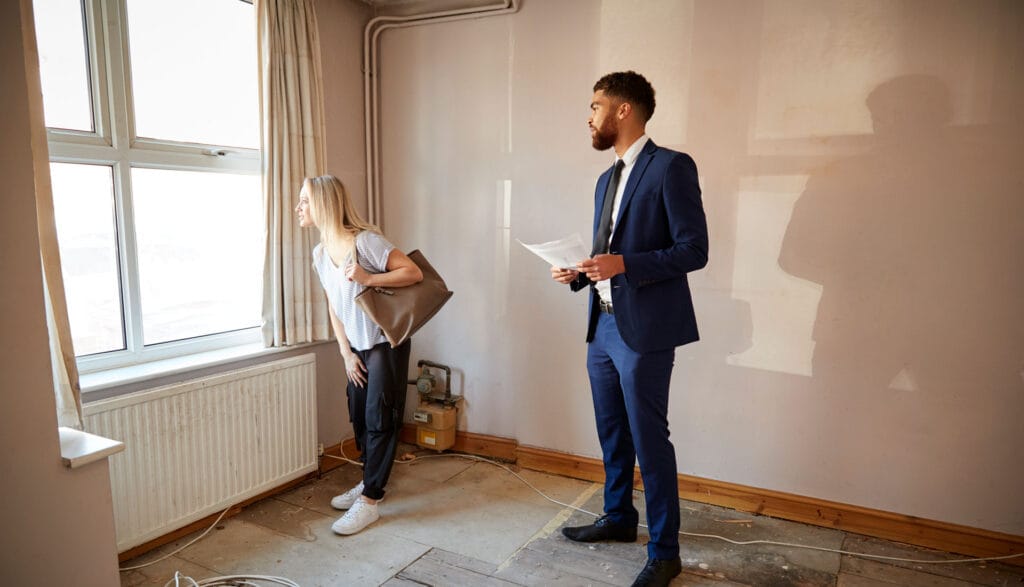DIY Damp Inspection: Necessary Tools and Techniques
Many UK homeowners are very competent DIY enthusiasts who eagerly carry out home improvements that boost the value of the property and some also carry out home maintenance, which can save a lot of money. If you are thinking of doing a damp inspection in your home, here is a list of essential items that you will need.
- Moisture meter – An essential piece of kit that comes in two forms; pin-type and pinless type. The former measures the moisture content in material by inserting electrodes just under the surface of the material to be tested, while the pinless variety is non-invasive and is used to determine if moisture content is present in the material. To accurately measure the amount of moisture present requires the use of a pin-type moisture meter.
- Hygrometer – This device is designed to measure water vapour in the air; a hygrometer can measure the relative humidity within a selected space. The hygrometer can detect moisture in a space but for finer measurements you need a pin-type moisture meter. You could use an all-in-one meter, which comprises of pin-type and pinless meters, plus a hygrometer. Many inspectors use these for convenience.
- Thermal imager – A thermal imaging camera allows you to see what is on the other side of building materials; the device creates a thermal scan of a room and shows you the temperature difference within materials and this device can lead you to the source of moisture, which is critical. It should be noted that thermal imaging cameras can give false positives; the camera detects temperature differences and other elements can come into play, which impacts the image. Insulation can also be a factor to take into account; there may be times when the imaging is inaccurate, which is why damp specialists in London have alternative methods they can use.
- Smartphone camera – You can use your smartphone camera to take high resolution images as evidence of the situation. Qualified surveyors capture many high-resolution images so they can show them to the client along with a full report. These images might be used with an insurance claim, so you should take photos of your work.
- PPE – You should wear protective gear when inspecting for damp and mould; at London Damp Specialist, all of our employees have PPE when working in buildings. A pair of goggles is a must, especially when looking up at ceilings and moving crumbling plaster and suitable gloves can be found at any builders merchants.
Inspecting all walls and floors might require moving heavy furniture and we recommend putting down a ground sheet to protect the floors. You can find damp inspection videos on YouTube, which you should watch to get a better idea of what is involved and should you have any issues, we’re only a call away!
If all this seems a bit daunting, call London Damp Specialists on 020 8528 3864 or fill in the online form and book a homebuyer damp survey. We provide a smooth and prompt service and you should receive the report within 24 hours of the survey completion.

